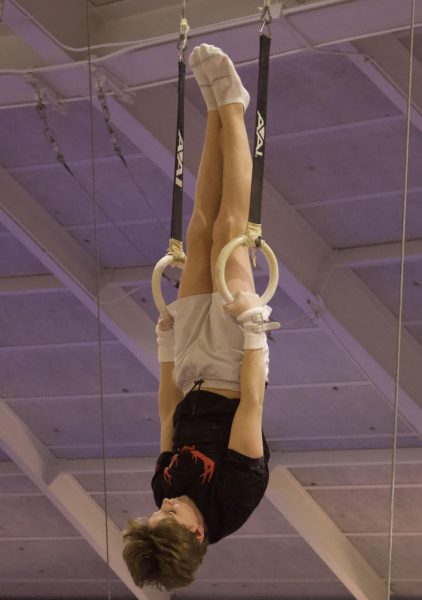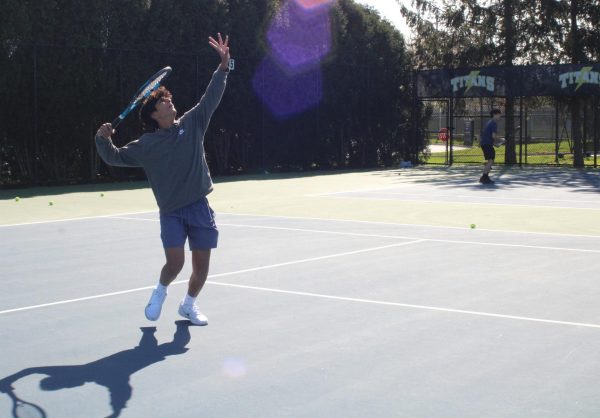Fencing is “en garde” for future competitors
February 14, 2020
The sound of blades clashing echoed through the air as South’s fencing team advanced through their matches. As the tournament progressed, the team reflected on their overall performance and shortly after celebrated their victory once crowned the winners of the meet. While fencing has been gaining strength over the past few years, the team continues to experience restrictions due to being considered a club, which brings both advantages and disadvantages to the program.
Although fencing is only a club, sophomore Lili Aquino said she enjoys this because clubs do not have the same amount of competitive stress that a designated sport has. However, although being a part of this team is an enjoyable experience, Aquino wished that the sport would get more recognition.
“[I feel like] not many people know about [fencing] or that we compete,” Aquino said. “I like it as a club, but I think there should be more recognition in general.”
There are many different aspects to fencing, including the swords, which are called blades, freshman Henry Hutchings explained. The types of blades are épée, foil, and saber, which employ different rules to the sport. With Épée, you can be hit anywhere, while with the foil you can only be hit on your chest, torso, and neck. Finally, the saber allows you to only be hit in your upper body. Hutchins also points out that, with each blade, there is a different metal wire that goes on the fencer to automatically count the points.
“With the three different types of blades there is a different outfit you wear and a different place where you can be hit,” Hutchins explained.
Because fencing is a club and not an official sport, there is no coach. Freshman Yemisi Olujare explained that not having a coach does not matter much. She said that the seniors are able to step up into a coaching role, and due to this, club members are able to get to know the seniors in a different light.
“Not having a specific coach doesn’t affect us because upperclassmen do most of the coaching,” Olujare said. “It is way more open than other sports because of that.”
Senior Lorelei Streb pointed out the fencing environment and how everyone on the team is willing to help out one another. Although there are no official captains, different teammates occasionally step up and act as captains, according to Streb.
“Anyone who knows fencing [is willing to] help anyone out,” Streb said. “We kind of have team captains, and as of recently, our [more] experienced fencers have stepped up [to the job].”
Fencing is very unique for many reasons, Aquino explained. Aquino emphasized that because it is still just a club at South, the team is able to practice whenever they want. Hutchins explained that if you want to practice more you can, but no one is forced to go to practices or meets.
“If you join, you go to any practice you feel if you can make time,” Hutchins said. “You get to decide whenever you’re able to go to a practice or meet.”
For Olujare, the best part about fencing is the competitions. She sees them as a great stress reliever and an amazing way to get to know people from other schools. Streb agreed that in fencing, the team is one big, welcoming community.
“For me, the conferences are the best, especially when you fence individually [and match results don’t go towards team] because it is like a stress reliever,” Olujare said. “Fencing is a very intricate, but also an intimate sport because although you may not be able to see your opponents face [due to the helmet], you still have the ability to make friends with others in the sport from other schools and it is just a great sport.”








